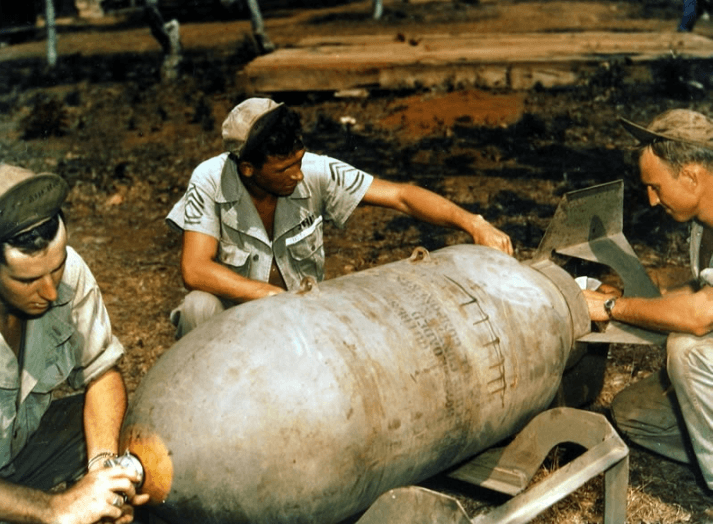Central Berlin evacuated as 1,000lb explosive war relict is uncovered
10,000 people were evacuated from the German capital today as construction workers unearthed a 1,000lb bomb from World War 2.
Police shut down the main train station while experts defused and removed the munition.
This type of unexploded ordnance (UXO) is a particular danger to blind piling works which have the potential to detonate deep buried bombs. Tragically three workers died when one such incident played out on a Berlin construction site in 1994.
The same model of ordnance was dug up on a Hong Kong building site in January. The UK faces a similar threat. Just two months ago, a German 1,000lb bomb find temporarily closed London City Airport.

Germany’s UXO problem
The post-war evacuation of tens of thousands of Germany’s citizens is not an uncommon event. An unexploded bomb is dug up somewhere in the country every week as a result of WW2 strategic bombing. On average, some 2,000 tonnes of UXO are dug up in Germany each year.
Allied air-delivered ordnance varies in weight, with Berlin’s most recent half tonne example occupying the larger end of the general purpose bomb scale.
Germany’s largest ever evacuation occurred in September 2017 when 65,000 Frankfurt residents were removed from their homes and businesses; the result of another RAF bomb. The weapon in question was one of WWII Britain’s heaviest models, a whopping 1.4 tonne high capacity type, colloquially referred to as a Cookie.
The German air force dropped similar high capacity bomb types on Britain; the 1,000 kg Luftmine B for example. However, these models used parachutes to slow their descent, resulting in very limited or no ground penetration.
Our UXO Risk Mitigation Services
Brimstone provides Intrusive Magnetometer Survey services to the UK construction industry. These surveys allow our customers to carry out piling works safe in the knowledge that their pile drivers will not strike any large German bombs. To find out more about this service, click here.
Keep up to date with Brimstone UXO by following us on Facebook, Instagram, Twitter, LinkedIn and YouTube.